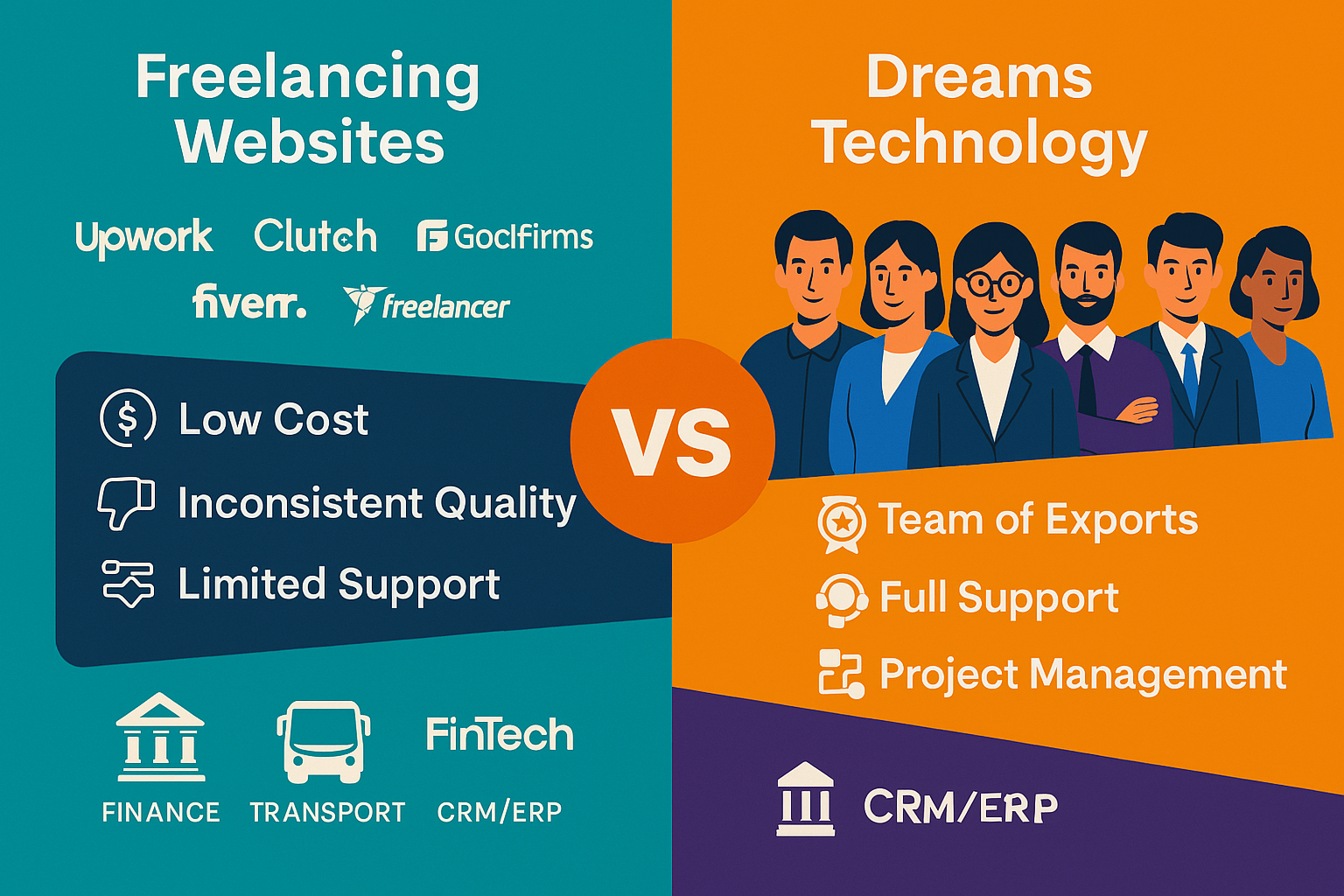
Creating a website that attracts and retains a steady flow of traffic is essential for any business or individual looking to establish a strong online presence. A well website design can serve as the cornerstone of your digital marketing strategy, helping to boost visibility, engage users, and convert visitors into loyal customers. In this comprehensive guide, we’ll explore effective strategies for designing a website that not only looks great but also significantly increases your website traffic. We’ll cover everything from understanding your audience to implementing SEO best practices and optimizing your site for user engagement.
1. Understand Your Audience
The first step in designing a website that attracts more visitors is to have a clear understanding of your target audience. Knowing who your potential visitors are, what they’re looking for, and how they prefer to consume content online will guide your design choices and content strategy. Conduct market research, analyze your competitors, and use analytics tools to gather data about your audience’s demographics, interests, and online behavior.
2. Implement SEO Best Practices
Search Engine Optimization (SEO) is crucial for increasing your website’s visibility in search engine results pages (SERPs). To design an SEO-friendly website, start with a solid foundation:
- Keyword Research: Identify relevant keywords and phrases that your target audience uses to search for your products or services. Incorporate these keywords naturally into your site’s content, titles, and meta descriptions.
- Mobile Responsiveness:Â With mobile devices accounting for over half of all web traffic, having a mobile-responsive design is essential. Ensure your website adjusts seamlessly to different screen sizes and resolutions.
- Site Speed: A fast-loading website improves user experience and contributes positively to your site’s SEO. Optimize images, leverage browser caching, and minimize the use of heavy scripts to speed up your website.
- Secure Website (HTTPS): Security is a top priority for both users and search engines. Migrating your site to HTTPS can boost your SEO rankings and protect your visitors’ data.
3. Create High-Quality Content
Content is king in the digital world. High-quality, valuable, and relevant content can attract more visitors to your site and encourage them to stay longer. Use a variety of content formats, such as blog posts, videos, infographics, and podcasts, to cater to different preferences and increase engagement. Ensure your content is well-researched, informative, and addresses the needs and questions of your audience. Regularly updating your site with fresh content can also improve your SEO rankings and drive more traffic.
4. Optimize for User Experience (UX)
A positive user experience is essential for keeping visitors on your site and encouraging them to explore more pages. A well-designed website should be easy to navigate, aesthetically pleasing, and provide clear calls-to-action (CTAs) that guide users towards desired actions. Simplify your site’s architecture, use intuitive menu designs, and ensure your CTAs are prominently displayed and compelling. Implementing A/B testing can also help identify which design elements resonate best with your audience.
5. Utilize Social Media Integration
Social media platforms are powerful tools for increasing website traffic. Integrate social sharing buttons on your website to make it easy for visitors to share your content on their social networks. Regularly promote your website and its content on your social media profiles to reach a broader audience. Engaging with your followers and participating in relevant online communities can also drive more traffic to your site.
6. Leverage Email Marketing
Email marketing remains one of the most effective ways to drive traffic back to your website. Collect email addresses from your visitors through sign-up forms and newsletters, and use email campaigns to keep your audience engaged. Share updates, exclusive content, and promotions directly in their inboxes to encourage them to revisit your site.
7. Analyze and Adapt
Lastly, continuously monitor your website’s performance using analytics tools like Google Analytics. Track metrics such as page views, bounce rate, and conversion rates to understand how visitors interact with your site. Use these insights to make informed decisions about content, design, and marketing strategies, and be prepared to adapt based on what works best for your audience.
Designing a website that increases traffic, for that user need well knowledge and experienced website designer. for that you need to research for top website designer, requires a multifaceted approach, combining SEO, content creation, user experience, and marketing strategies. By understanding your audience, implementing SEO best practices, creating quality content, optimizing for UX, and leveraging social media and email marketing, you can design a website that not only looks great but also effectively attracts and retains visitors. Remember, increasing website traffic is an ongoing process that requires patience, experimentation, and continuous optimization.









